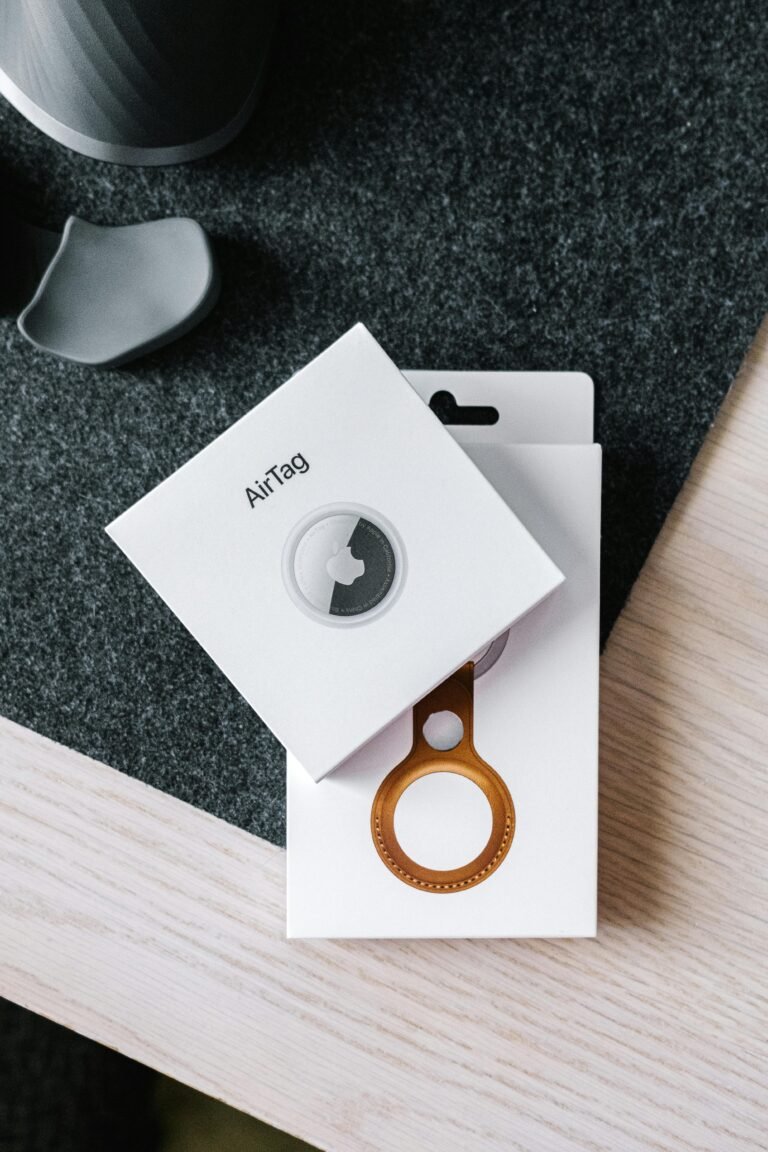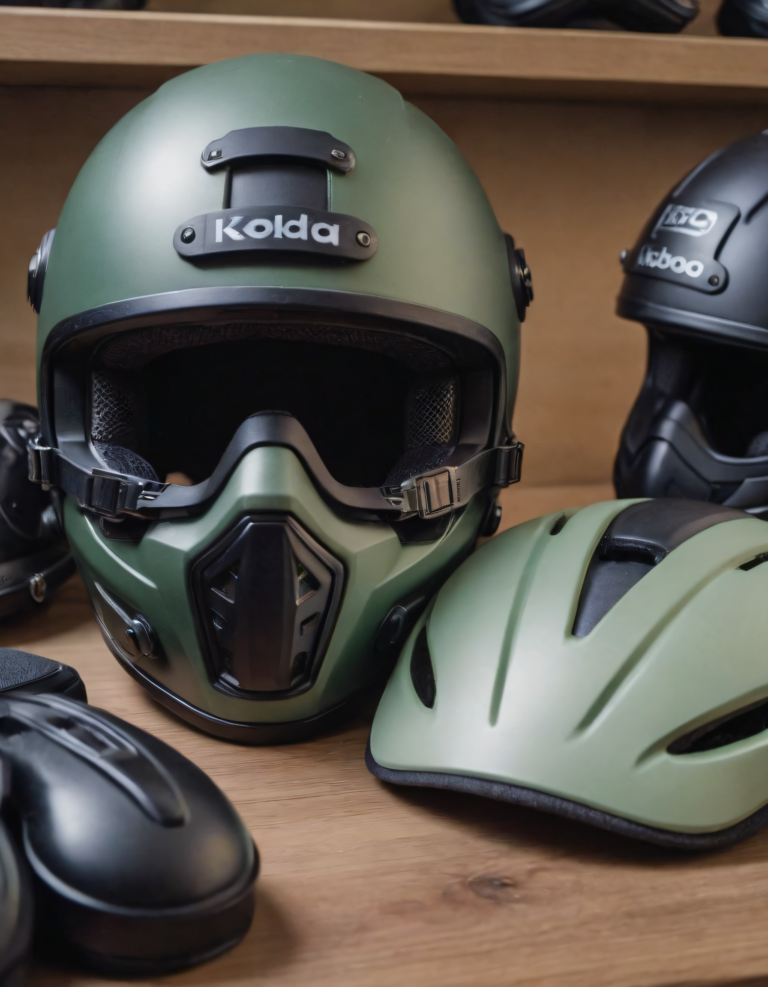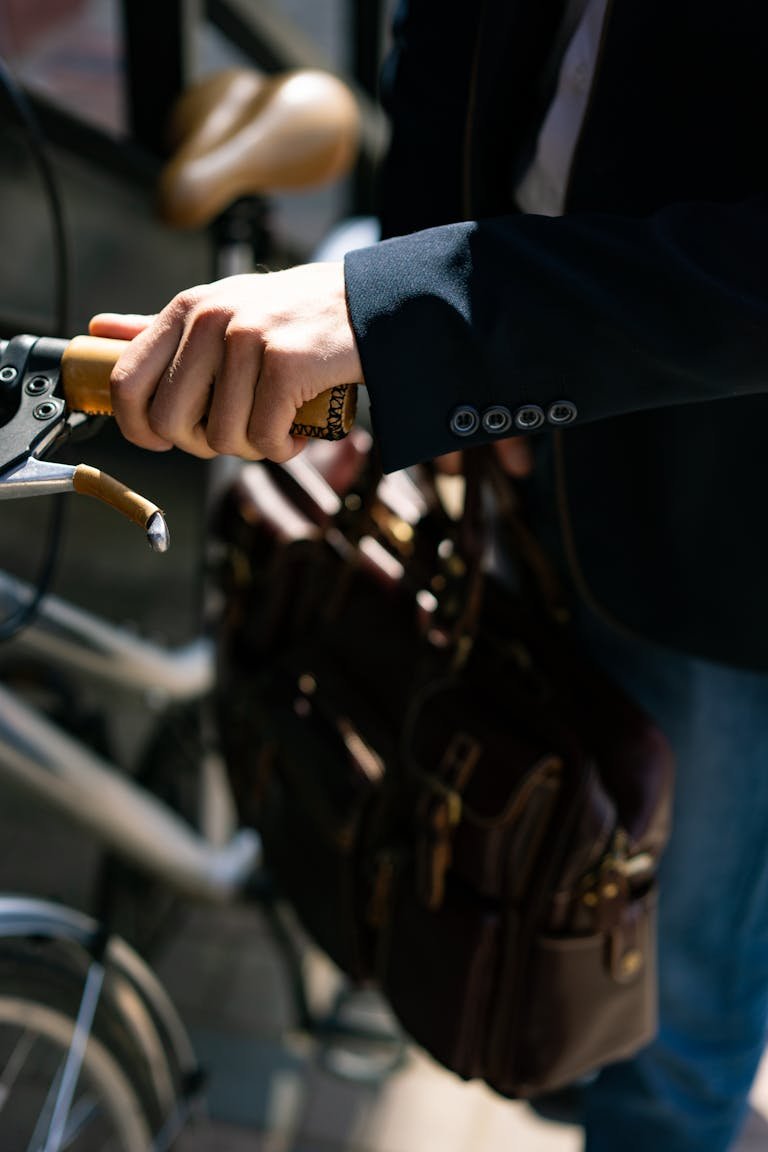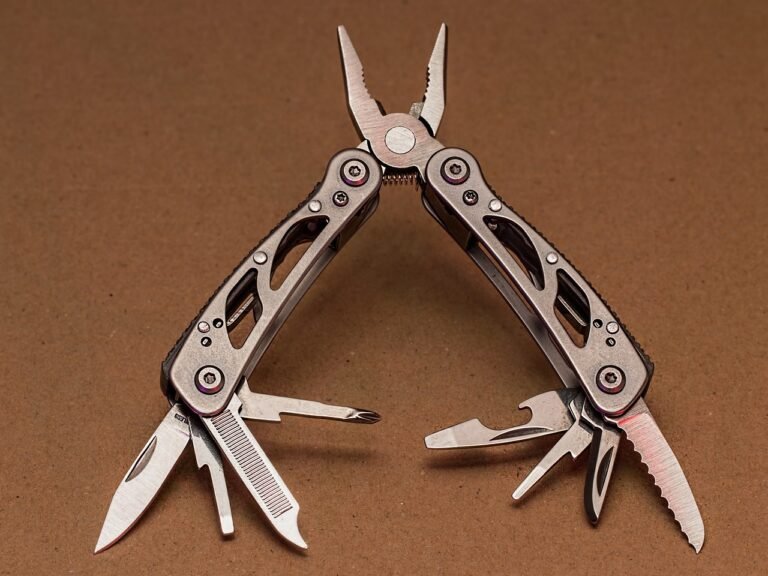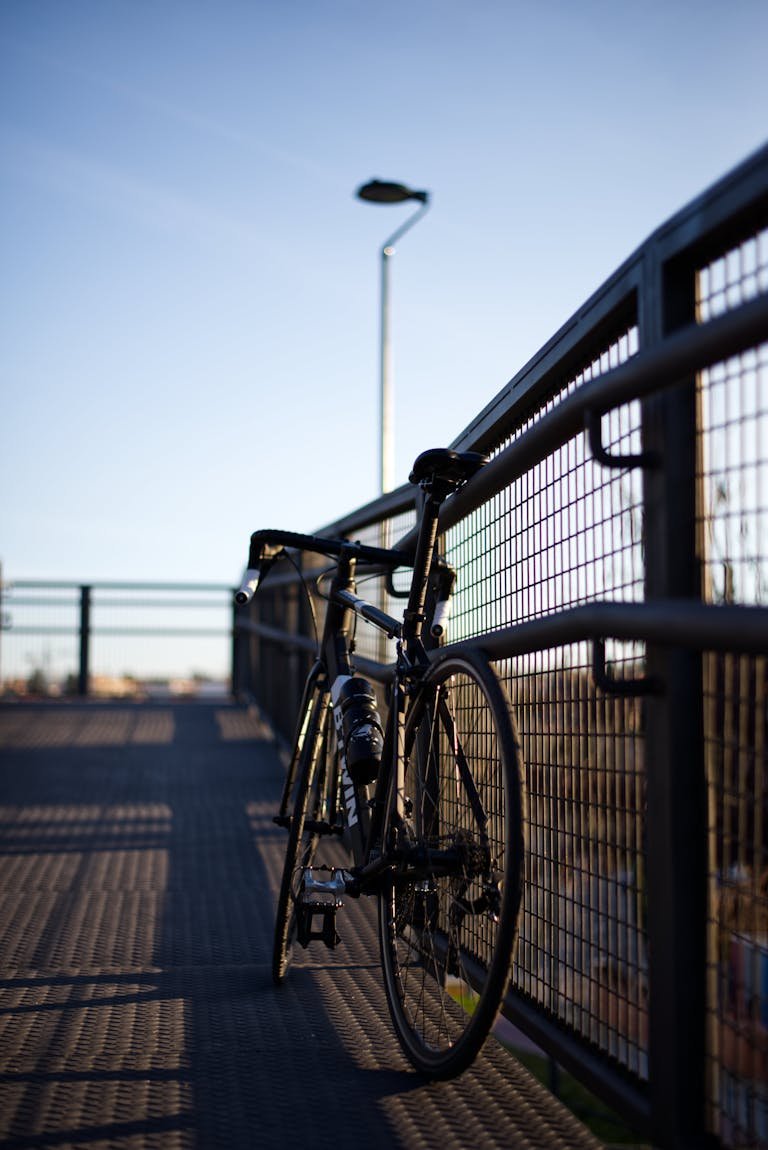How to Choose the Perfect Bike Saddle Comfort and Performance 2025
Bike saddle comfort is paramount to enjoying long rides or even riding through the neighborhood. Choosing the right bike saddle can make the difference between a miserable ride and pure cycling bliss! Did you know that up to 60% of cyclists experience saddle discomfort, yet most never take the time to properly understand saddle fitting?
In this comprehensive guide, we’ll dive deep into the world of bicycle saddles, breaking down everything from anatomical considerations to advanced fitting techniques that will transform your riding experience.
Understanding Saddle Anatomy and Geometry
Breaking Down Saddle Components
When I first started cycling seriously, I thought all saddles were pretty much the same. I was not even close! A saddle has several key components: the shell, the padding, the cover, and the rails.
The shell is the backbone, usually made from plastic or carbon fiber, providing structure and flexibility. The padding offers cushioning, often made from foam or gel, and the cover protects everything while ensuring durability.
Finally, the rails attach the saddle to the seat post and can be made of steel, titanium, or carbon for weight reduction. Each of these parts plays a role in determining comfort, so understanding them helps you make smarter choices.
Saddle Shape and Comfort
Ever sat on a saddle that felt like sitting on a rock? That might be due to the shape. Saddles come in various widths, lengths, and curvatures.
A flat saddle might work better for flexible riders who can maintain a consistent position, while a curved saddle provides more support for riders with less flexibility.
The nose length also matters—shorter noses are great for aggressive riders, while longer noses can aid in stability during long rides.
Pressure Mapping and Rider Contact Points
Here’s something that blew my mind: studies show that most of your weight is concentrated on specific points of your sit bones, not evenly across the saddle.
Pressure mapping can highlight these contact points, which is why modern saddles often have cutouts or channels to reduce pressure on soft tissues. If you’ve ever experienced numbness or tingling, it’s likely due to poor pressure distribution—not fun and definitely avoidable.

Weight Distribution and Pressure Relief
Think of your saddle as the bridge between your bike and body. Proper weight distribution is key. Too much pressure on the front of the saddle can lead to discomfort, while too much on the rear can reduce your efficiency.
Modern designs often use a mix of softer materials and strategic cutouts to relieve pressure without compromising weight or performance. I’ve found that even small tweaks to my saddle’s tilt can make a huge difference in comfort.
Body Type and Saddle Selection Methodology
Personalized Saddle Fitting with 3D Body Mapping
Technology is amazing. The 3D body mapping service systems analyze your sit bone width, posture, and how you interact with the saddle. The result is a saddle that’s almost tailor-made for you. If you have access to a bike shop offering this, I highly recommend giving it a shot.
Key Factors: Pelvic Width, Posture, Flexibility, and Discipline
Start with pelvic width because that determines how wide your saddle should be. Then consider your posture: upright riders might need more cushioning, while aggressive riders prioritize aerodynamics. Flexibility plays a role too. If you’re less flexible, you might shift around more, requiring additional support. Don’t forget your discipline—mountain bikers have different needs than road racers.
Gender-Specific Saddle Designs
Here’s something new, many brands now offer gender-specific saddles. These account for anatomical differences, like wider pelvic bones in women, which can make a huge difference in comfort. Some women swear by these, saying they’ve really helped with saddle sores.
Beyond Traditional Sizing Techniques
Traditional measurements often rely solely on sit bone width, but newer techniques also account for dynamic factors, like how your pelvis moves while pedaling. Tools like dynamic pressure mapping can reveal insights that static measurements miss. This is where working with a professional bike fitter pays off. It might take a little more time but in the long run you’ll benefit the most.
Comfort vs. Performance: Finding the Right Balance
Comfort vs. Aerodynamic Efficiency
There’s always a trade-off, in life isn’t there? A softer, more cushioned saddle might feel great on a leisurely ride but could reduce your efficiency on a race day. Finding that balance between comfort and performance is key.

Material Technology Matters
Saddle material can make or break your experience. Gel-infused saddles feel luxurious on long rides, but they’re heavier. On the other hand, carbon fiber shells offer excellent power transfer but can feel harsh without adequate padding. Look for advanced materials like memory foam hybrids for the best of both worlds.
Discipline-Specific Saddle Designs
Cycling disciplines influence saddle needs more than you might think. For example, mountain biking saddles often have reinforced edges to handle rough terrain, while road saddles prioritize weight and aerodynamics. If you switch between disciplines, you might even need multiple saddles.
Biomechanics and Power Transfer
This is where the science comes in. A good saddle aligns your hips and pelvis to maximize power transfer. If you feel like you’re losing energy or constantly adjusting your position, your saddle’s geometry might be off. That’s wasted energy, my friend.
Confidence and Comfort Are Linked
A saddle you trust can boost your confidence. It’s psychological. Knowing you’re supported lets you focus on the ride, not your discomfort. This is particularly true during races or long endurance events.
Comprehensive Saddle Material and Design Comparison
Saddle Material Analysis
- Carbon Fiber: Lightweight, stiff, and ideal for racers. Downside? Expensive and can feel unforgiving.
- Synthetic Leather: Durable and weather-resistant, making it a great all-rounder.
- Gel-Infused Designs: Perfect for comfort-focused riders but often heavier.
- Traditional Leather: Classy and molds to your shape over time but requires maintenance and isn’t ideal for wet conditions.
Pros and Cons of Each
Each material has trade-offs. For example, carbon fiber excels in performance but lacks comfort for long rides. Gel-infused saddles provide plush cushioning but can degrade faster over time. Traditional leather is fantastic for classic bikes but heavy and less versatile for modern needs.
Long-Term Durability and Performance
I’ve learned the hard way that cheaper materials wear out quickly, leading to sagging or cracking. Investing in a high-quality saddle can save money in the long run. Look for models with reinforced edges or abrasion-resistant covers if you’re tough on gear.

Weight Considerations
Weight matters most for competitive cyclists. A few grams might not seem like a big deal until you’re climbing a steep hill. However, for casual riders, comfort often outweighs weight savings.
Sustainability Matters
More brands are considering environmental impact. Saddles made from recycled materials or sustainable leather are gaining traction. I’ve started researching these—it’s a small way to make a big difference.
Advanced Fitting Techniques and Professional Recommendations
Professional Bike Fitting Methodologies
A professional bike fit is worth every penny. They use tools like laser alignment, motion capture, and pressure mapping to fine-tune your setup. The difference in performance and comfort can be night and day.
Pressure Mapping Technology
This tech identifies pressure points and ensures even weight distribution. The first time I saw my pressure map, I was shocked by how uneven it was. Fixing that improved my comfort instantly.
DIY Saddle Fitting Guide
Not ready to splurge on a professional fit? Start with these steps:
- Measure your sit bone width using a piece of corrugated cardboard.
- Adjust the saddle’s height so your leg has a slight bend at the bottom of your pedal stroke.
- Experiment with tilt angles until you find a neutral position that feels stable.
When to Work with a Professional
If you’re struggling with persistent discomfort or performance issues, it’s time to call in the pros. They can address issues you might not even realize you have. Local bike shops are a great place to start.
DIY Assessment Techniques
If you’re a tinkerer, try using smartphone apps that mimic pressure mapping or use slow-motion video to analyze your posture. They’re not perfect but can give you a starting point for fine-tuning.
And there you have it! Finding the perfect saddle isn’t just about picking one off the shelf. It’s a process of learning, experimenting, and sometimes failing—but the reward is worth it!
Final thoughts
Selecting the perfect bike saddle is a personal journey that combines science, technology, and individual comfort. By understanding your unique body geometry, riding style, and performance needs, you can transform your cycling experience from painful to phenomenal. Remember, the right saddle is an investment in your comfort, performance, and long-term cycling enjoyment!
Don’t settle for discomfort! Take the first step towards your perfect ride by applying the techniques in this guide. Consult a professional bike fitter, experiment with different saddle designs, and prioritize your comfort.
Engage, Endure and Enjoy!
Find More Resources on Bicycles
- Smart Bike Trainers: 2024 Best Picks with Features and Benefits
- Mountain Biking for Beginners: Essential Guide to Hit the Trails in 2024
- 3 Best Mountain Bikes of 2024: Complete Buyer’s Guide & Reviews
- How Do You Adjust Bike Brakes? A Step-by-Step Guide for 2024
- Essential Mountain Bike Gear: A Complete Guide for 2024


